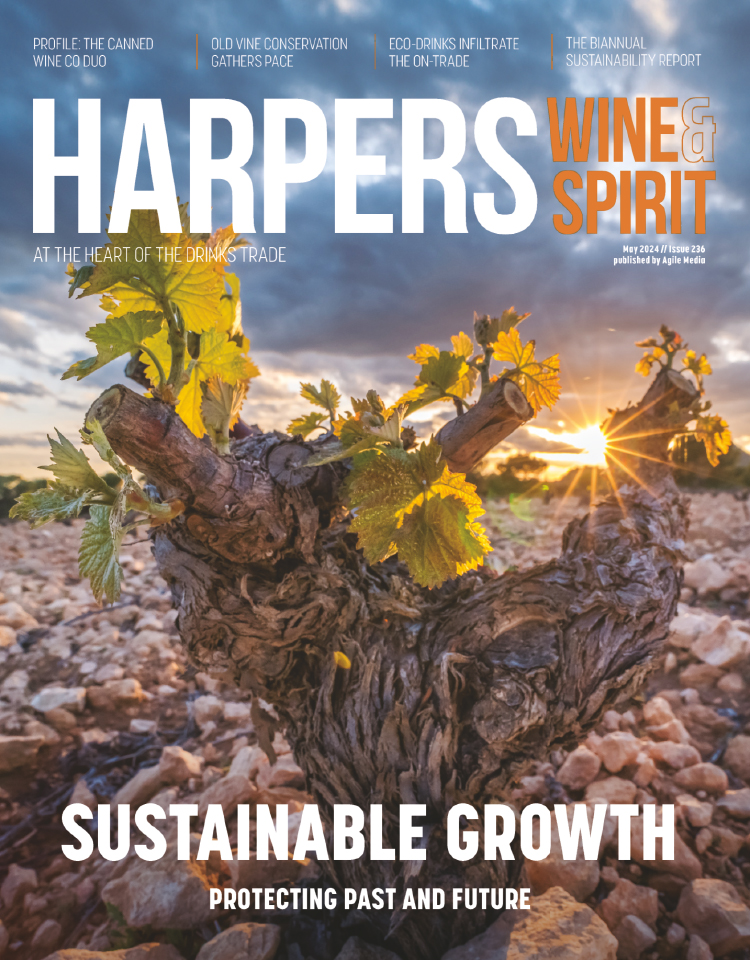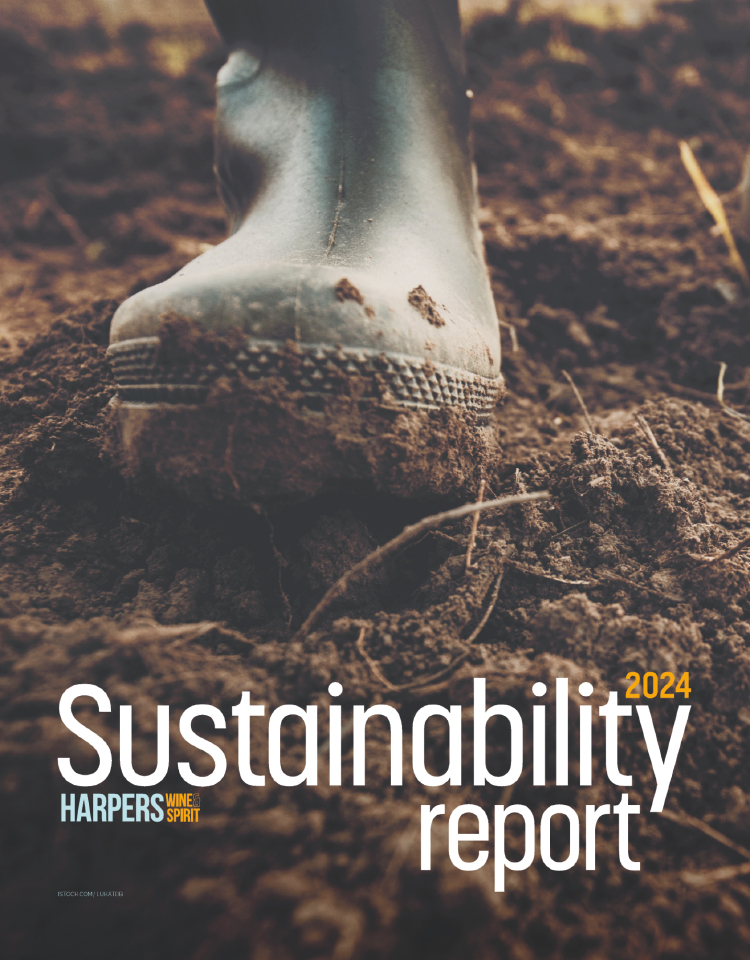
Friday read: Furmint February in the spotlight
With its endless grey skies and pervading gloom, February doesn’t offer much to raise the spirits, but wine lovers can now at least associate the month with Hungary’s best-known grape. Furmint February was launched here six years ago by Wines of Hungary UK to promote awareness and consumption of the variety once best known for sweet Tokaji (Aszu), but now appearing in elegant dry wines from the variety’s native Tokaj region, with its rich volcanic soil, but increasingly across Hungary, including in Somlo and Eger.
Now in its sixth incarnation, Furmint February has in many ways shadowed the evolution of the variety in its native Hungary. The first Furmint February tastings, held before the pandemic, introduced the variety to British consumers many of whom were unaware Furmint could be used to make quality dry wine (producers have only seriously been trying since the turn of the century, driven by falling sales of sweet wines).
Subsequent Furmint February events introduced consumers to aged wines, single vineyard and more recently sparkling wines, with Furmint appearing as a single-varietal wine or blended with other indigenous Hungarian varieties.
- Read more: Royal Tokaji makes the leap to Fells
So what will this year’s Furmint February focus on?
“This year we want to build the story further – showing how Furmint can work in blends in Tokaji (where there are six permitted grapes) but also showcasing some of the other amazing white grapes Hungary has to offer to build the story of Hungarian wine beyond just a single grape,” says Caroline Gilby MW, who will be presenting a masterclass next Tuesday 27 February entitled ‘Furmint & Friends’.
Grapes will include Harslevelu, an offspring of Furmint with a completely different flavour profile (floral and saline, characteristics which become very marked when the variety is grown on old vines in volcanic soils, and Olaszrisling/Welschriesling/Grasevina, a once derided variety which has been undergoing a qualitative renaissance in Central Europe as wine-makers experiment with drier and more complex styles.
“I will also showcase the unique aromatic yet mouth-watering, crisp, style of Sargamuskotaly in Tokaj and the rare fiery mineral Juhfark (its name translates as ‘sheep’s tail’ for the shape of its bunches) from the basalt of Somló, where historically it was famously sold in pharmacies,” adds Gilby.
Sales of Hungarian wine have been on a roll, led by Furmint and for red wines Kekfrankos (aka Blaufrankisch in Austria, Frankovka in Slovakia and the Czech Republic, Modra Frankinja in Slovenia and Lemberger in Germany), alongside Olaszrisling, one of Central Europe’s most distinctive grapes.
According to Zsuzsa Toronyi of Wines of Hungary, exports of Hungarian wine to the UK are rising by some 30% a year based on figures for the past five years with sales in 2022 reaching 7.1 million bottles worth around €10.2m. The UK is now the most important market for quality wine exports (some 20% of Hungary’s total).
Although consumers are exploring other grapes (and there are many, as producers make wines from varieties forgotten over the 40 years of communism) Furmint remains the jewel in the crown. Its success has enabled the emergence of some iconic producers – remarkable given that with just 20 years of dry white wine-making in what was an exclusively sweet wine region, many are still feeling their way forward, experimenting with clones, sites, wine-making styles and flavour profiles.
“It took us 15 years to get all the technology to make quality dry whites and although most of the wines made are correct and good, I still feel many are not concentrated enough – we still have some way to go to realise our true potential,” says Istvan Szepsy of the eponymous winery in the Tokaj village of Mad, showing eight of his wines (including three sweet) at a tasting arranged this month by importers Top Selection.
Szepsy’s single vineyard wines in particular, such as Uragya 63 and the iconic Szent Tamas 46 are a small proportion of the total 35,000 bottles made but have rightly won praise for their elegance and precision. Although Szepsy is one of the best known Tokaj producers, others are also becoming better known here. These include Royal Tokaji – set up soon after the fall of communism by wine writer Hugh Johnson – Disznoko, owned for the past 32 years by France’s Axa Millesimes, Patricius and Zsirai – run by two sisters. Outside Tokaj, Kovacs Nimrod in Eger, Canadian-Hungarian Robert Gilvesy in Lake Balaton and Kolonics in Somló have all won increasing recognition for their Furmint and other varietal wines. All these producers and many more – including 11 without UK representation – will be amongst the 30 presenting at next week’s tasting, during which Harpers will also be holding an event.
For Charlie Mount, MD of Royal Tokaji, Furmint’s success is very satisfying.
“Tokaj has a vibrant community of winemakers. We and others have worked hard to increase retail presence so more people can discover Furmint. Meanwhile single vineyard expressions are gaining a following with sommelier. Furmint will always offer freshness, zest and acidity – particularly when grown on the slopes of extinct volcanos – qualities increasingly sought after in today’s market,” he says.
Furmint February 6.0 ‘Furmint and Friends’ is taking place next Tuesday 27 February from 11am to 5pm at Painters Hall, 9 Little Trinity Lane, London EC4V 2AD.
Register here.







